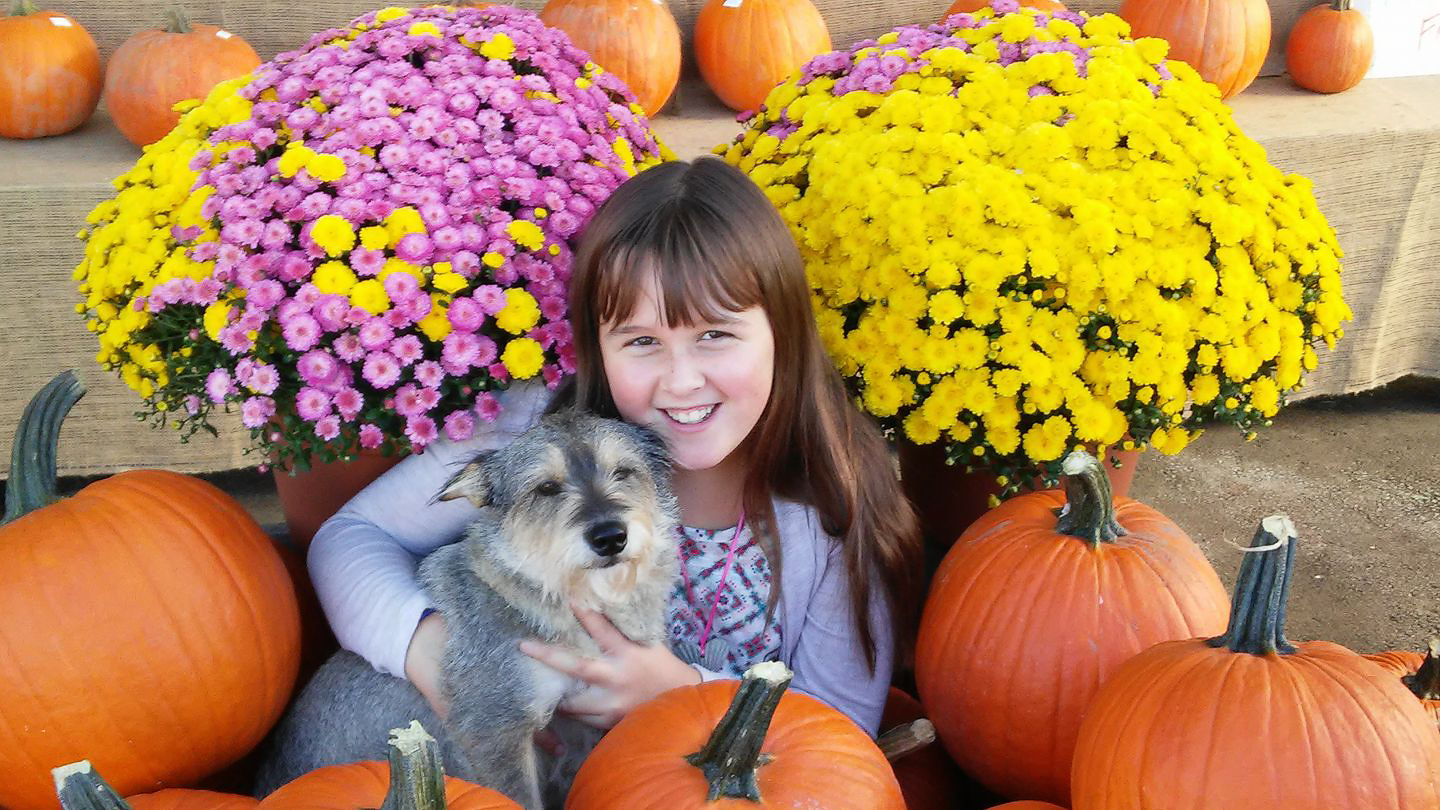Garden Tips for October
Garden Tips for October
(thanks to "Garden Clippings" newsletter of UMass Extension Center)
Dig summer-flowering bulbs from gardens and store away. Gladioli corms come out when leaves begin turning yellow. Remove caladiums and tuberous begonias before a chilling frost. Dig canna and dahlia after a heavy frost. Allow to air dry, then pack in dry peat moss or vermiculite, and store in a cool location.
Harvest root vegetable crops and store in a cold, humid location like a root cellar or unheated basement. However, you can also leave some carrots, turnips, and parsnips in the garden for harvesting after frost; they'll taste sweeter. The starch in these root crops is converted to sugar when the plants are exposed to temps between 28 and 34 degrees. If you cover plants with 18" of straw or dry leaves, you can even harvest them in midwinter.
Select the largest cloves from garlic bulbs (preferably bought from an organic gardener) and plant them with the tips about 1-2" below ground. Space cloves 4" apart within each row. Before planting, enrich the soil by working in ample amounts of organic matter and 10-10-10 fertilizer at a rate of 2 lbs per 100 sq.ft.
Mature green tomatoes can be picked before a frost and ripened indoors at 55 degrees.
Pick the last of the fresh herbs in the garden before a hard frost.
Plant spring-flowering bulbs now. If you want, cover newly planted bulbs with small mesh chicken wire to discourage squirrels and other rodents from digging them up.
Rake fallen leaves from lawns, particularly larger leaves such as maple, because they can smother the lawn as they become wet and matted. Run the lawn mower over raked leaves before putting them in the compost pile. Shredded leaves will break down quickly through the winter into rich, dark compost to be incorporated into garden soils in the spring.
Continue mowing the lawn until it stops growing. Continually lower the mower height with each mowing until a final cutting height of 1 1/2 to 2" is reached.
Do not be alarmed if your evergreens, particularly white pine and arborvitae, drop some of their older needles. All evergreens shed needles at some time; fall browning is normal at this time of year.
Hold off mulching perennial beds until the soil temps approach 23 degrees. This usually does not occur until after Thanksgiving. Be sure to clean up all dead foliage before applying the mulch.
Water indoor plants less frequently and discontinue fertilizer as plants slow down or stop growing for the winter. Move houseplants closer to windows with west and south-facing exposures if plants are dropping too many leaves.

